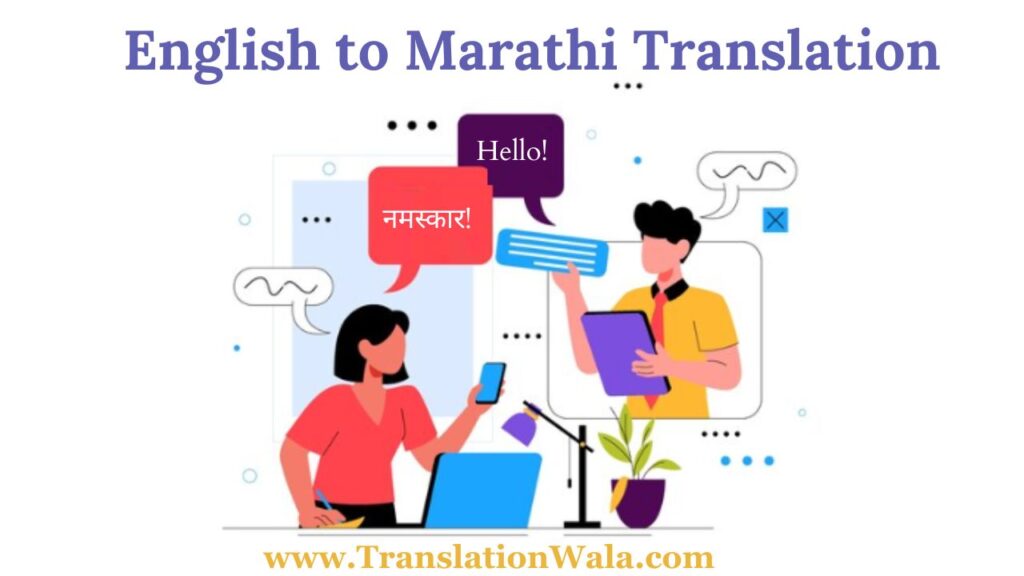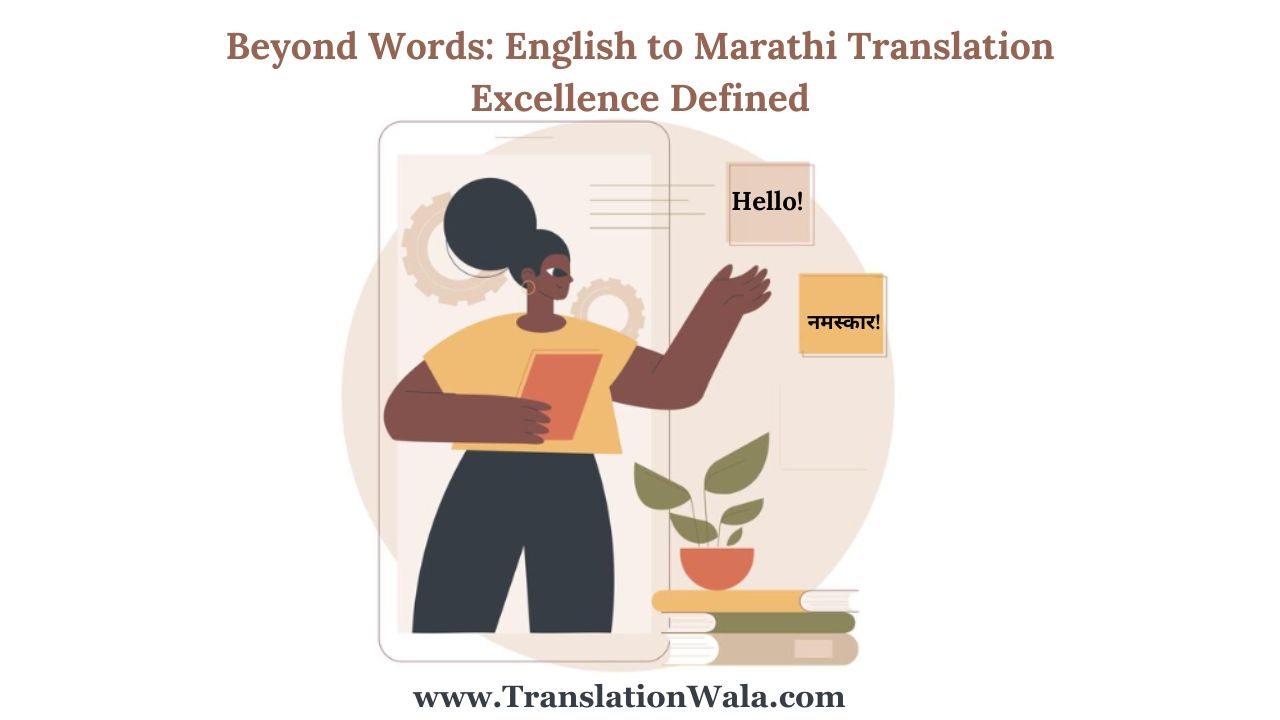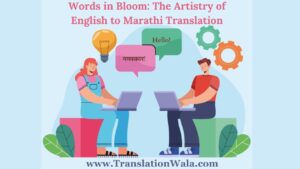Marathi is a lively language that more than 80 million people speak. It has a rich literary history and a unique cultural character. The art of translation is what makes the link between Marathi and English, which is spoken all over the world. But what makes a English to Marathi Translation excellent? There are more than just word changes on this trip. It also includes cultural details, emotional impact, and keeping the spirit of the original work.
Capturing the Soul: Faithfulness vs. Fluency
The age-old argument in translation groups is about which is more important: accuracy or ease of use? A accurate translation tries very hard to be an exact copy of the original text, keeping all of the jokes, word order, and phrasing. But getting this close to the original can sometimes make the flow difficult or normal in the target tongue (in this case, Marathi).
A smooth copy, on the other hand, focuses on making Marathi sound natural. It changes the structure and vocabulary of the source text so that it fits perfectly with the rules of the target language. This makes it easier to read, but it might not stay true to the original meaning or catch small culture references.
Getting a good mix between these two methods is the key to success. A good translator knows how important it is to correctly convey the author’s meaning while also making sure the translated text flows well and strikes a chord with the Marathi audience.
Understanding the Cultural Canvas
Language and culture are deeply connected in every society. The societal settings of English and Marathi are very different. It’s possible for jokes, metaphors, and idioms that work great in English to not work at all in Marathi if they are copied exactly.
A good English to Marathi Translation is more than just a language master; they are also a link between cultures. They know a lot about both cultures, which lets them see these possible problems and come up with culturally appropriate solutions. This could mean finding a Marathi saying that means the same thing as an English phrase or changing a joke so that it fits the humor level of a Marathi audience.
Also Read: Unlocking Markets: English to Malayalam Translation Solutions

The Nuances of Register and Style
The voice (formal vs. relaxed) and style (literary vs. chatty) of the original text are very important to how well the translation turns out. How you read a professional text is different from how you read a children’s book. A good translator can pick up on these subtleties and change the Marathi version to fit.
For example, translating a legal document needs to be done in a careful and official way to make sure correctness and compliance with legal terms. On the other hand, when translating a poem, it’s important to keep the flow, rhyme scheme, and general beauty of the language in the Marathi version.
The Art of Invisibility: The Translator as a Conduit
An excellent translation is one that makes the reader feel like they are in the world of the original text, without being bothered by the translation process. The translation brings the author’s style and message to a new audience without any problems.
As the original author intended, the best Marathi translation lets the reader feel the feelings of the story, enjoy the humor, and understand the main ideas. The reader shouldn’t be thrown off by bad grammar or the feeling that something was lost in translation.
Beyond the Words: The Value of Human Expertise
Even though computer translation tools are getting better, they still don’t have the human touch and cultural understanding that is needed to do a great job of translating from English to Marathi.
A good English to Marathi Translation can handle the tricky parts of language, pick up on cultural differences, and change the text so that it makes sense to people who speak Marathi. They know a lot about both languages and the societies that they reflect, so they can make sure that the translated work keeps the same meaning and effect as the original.
In Conclusion
To translate English to Marathi well, you need to do a lot of different things. It needs an interpreter who does more than just change words. They need to be a cultural bridge, a guardian of meaning, and, in the end, an unseen hand that lets the original work speak fully to a new audience. By getting good at translation, we can help people from other cultures understand and appreciate each other better and make literature better for people who read both Marathi and English.



